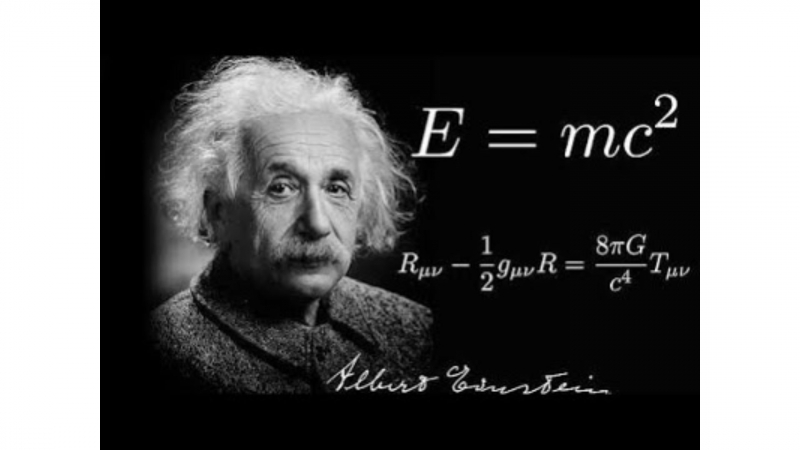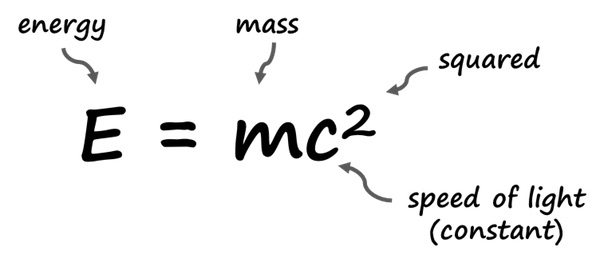Through His Famous Equation, Einstein Came Up With The Concept Of Rest Energy
Albert Einstein predicted the equivalence of mass (m) and energy (E) through his famous mass–energy equivalence formula E=mc2, where c is the speed of light in a vacuum, as part of his theory of special relativity. This was crucial because it demonstrated that a particle had an energy called "rest energy" that is separate from its kinetic and potential energies. It suggests that gravity may bend light and thus be used to determine the amount of energy created or consumed during nuclear processes.
The equation's physics is appropriately enigmatic and complicated. For the rest of us, the relevance of Einstein's formula boils down to one thing: the matter around us contains a massive quantity of energy bound inside it. The E on the left-hand side of the equation relates a body's energy in its rest frame to an object's mass multiplied by the speed of light.
Einstein's formula is often misunderstood as allowing mass to be turned into energy. That isn't entirely accurate, and it isn't what Einstein meant when he laid forth his groundbreaking concept. Instead, his equation demonstrates that a change in an object's mass necessitates a change in its energy. That's why the combined weight of nuclear processes' end products is less than that of their parent atoms.












